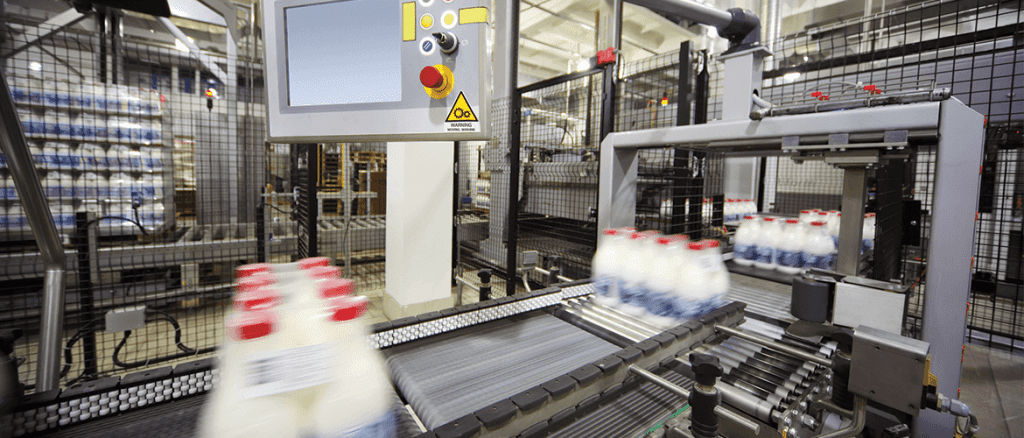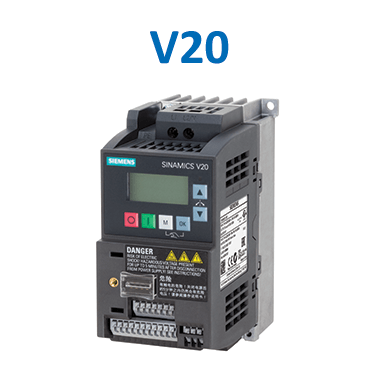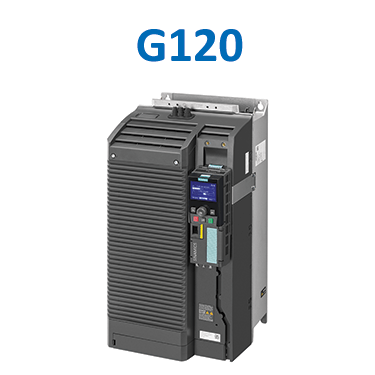Customer Service


A Variable Frequency Drive, also known as variable speed drive (VSD), adjustable speed drive (ASD), or inverter, is an intelligent electrical device that controls a motor’s speed via Pulse Width Modulation (PWM). It is also used to match line supply to motor characteristics, such as frequency conversions (e.g. 50Hz supply to 60Hz motor) and single phase to three phase power conversions. A VFD can modulate the motor speed as required and VFD can potentially be used in all applications utilizing electric motors, including pump, fan, conveyor, mixer and other applications.
1. Energy savings:
The adjustable speed functionality of VFD provides considerable cost savings due to what is called the Affinity Laws for pumps and fans. Most motors are sized based on peak operating conditions, which could be as low as an hour per day. A traditional Direct-on-Line Starter lacks any flexibility in providing adjustable output to accommodate the duty cycle. Note that, according to affinity laws, a 40% speed reduction would equal approximately 80% power consumption reduction!
2. Improved motor control:
In addition to speed control, a VFD can provide sophisticated motor control functionalities such torque control and closed-loop positioning. Moreover, a VFD has motor overload protection, shorting of motor leads and other built-in functionalities, which provides potential savings from extra hardware and system design.
3. Lower inrush current:
When a Direct-On line Starter is activated, the motor will initially draw up to 10 times the motor full-load current from the system. To accommodate this, all the upstream protective components are upsized, which adds costs and consumes more power. A VFD however has an adjustable acceleration rate, which in turn can decrease inrush current to the rated current of the motor without upsizing.


1. Sensitivity to Line Voltage Fluctuations
Concern: Due to the integral power electronic components of a VFD, these devices are sensitive to power supply fluctuations such as voltage spikes and dips. These fluctuations are one of the most common causes of VFD failure. In order to compensate for an unstable power supply, additional components such as external Line Reactors need to be used, which adds to the material cost, installation time and overall enclosure dimensions.
Solution: Siemens G120 VFD drives have built-in DC reactors which eliminate the need for external Line Reactors.
2. Harmonic Distortion
Concern: Harmonic distortion can be attributed to almost all fast-switching power electronic devices. These distortions cause nuisance tripping of protective components and stability issues for the grid. As a result, electrical power providers such as BC Hydro have strict requirements for Total Harmonic Distortion (THD) levels allowed for each system. Based on their size and technology, VFDs can potentially cause significant Harmonic distortion. Note that, according to IEEE 519 standard, the THD levels should be calculated at the Point of Common Coupling (PCC), not upstream of each drive.
Solution: Harmonic filters are usually needed. However, the built-in DC reactor in the Siemens G120 drives significantly reduce Harmonic content at the PCC, potentially eliminating the need for a harmonic filter.
3. Downtimes
Concern: For mission critical and high cost operations such as municipal pump stations, the number one priority is to reduce downtimes.
Solution: VFD troubleshooting, replacement and reprogramming needs to be done in a timely manner. A modular drive such as the G120 will make field replacements easier and less costly. Also, a user-friendly interface will go a long way. Want to learn more about G120? Read our Product Spotlight which also showcases what we carry in stock.
4. Communication
Concern: Control systems technology is advancing each day enabling more devices to communicate with each other. However, there is a variety of proprietary communication protocols in the control systems industry.
Solution: All critical components, especially VFDs, should be able to accommodate most of the industry standard protocols (e.g. Ethernet IP, PROFINET, etc.).
5. Durability and Maintenance
Concern: Due to the high cost of large VFDs, their durability and lifetime are key considerations.
Solution: Do not sacrifice cost for quality. Select a manufacturer with global reputation. Siemens VFDs are known for their quality and durability. They are designed to operate for at least 10 years. Moreover, internal fan replacement is not required prior to the 10 years of service life.


Technical Support
Our Automation and Controls Group (AC) is extensively trained on Siemens Automation and Drives solutions and will prove a great asset in your troubleshooting and programming needs (cross platform).
Flexibility
The Siemens VFDs are used extensively in a variety of industries, e.g. Forestry, Production Machinery, Municipalities, etc. Our general purpose G120 drives can be used for almost all of your applications with minimal change in Bill of Material.
Quality
Siemens is world renown for quality products. The Siemens VFDs are designed and have proven reliable operation for over 10 years.
The Siemens SINAMICS drive line-up is divided between two common categories: the modular G120s and the simple, cost effective V20s. See table below for a simple comparison and guideline.


| Drive Series | SINAMICS V20 |
| Performance Requirement | Low Performance |
| Price | $ |
| Built-in DC Reactor? | No |
| Communication Capability | Serial, Modbus RTU |
| Footprint | Extremely Compact |
| DIN-Rail Mount? | Yes, for frame size FSAA/FSAB/ FSA |
| Wall-mount? | No |
| Voltage/HP Range | 200-240V 1/3AC: 1/6 – 4HP 380V-480V 3AC: 1/2HP – 40HP |


| Drive Series | SINAMICS G120 |
| Performance Requirement | Medium to high Performance |
| Price | $$ |
| Built-in DC Reactor? | Yes, on all 600V, 480V (25HP and up) and 240V (15HP and up) |
| Communication Capability | PROFINET, Ethernet-IP, Serial, Modbus RTU, Profibus, BACnet |
| Footprint | Compact |
| DIN-Rail Mount? | No |
| Wall-mount? | Yes |
| Voltage/HP Range | 200-240V 1/3AC: 0.75 – 75HP 380V-480V 3AC: 0.75HP – 400HP 500-690V 3AC: 7.5HP – 125HP |
Before you are ready to order your VFD, first, you will require the following:
1. Required Input and Output Voltage
2. Motor information: Such as Full-Load Current and Power (In HP or kW)
3. Type of Application: Variable Torque: these are applications with relatively low overload requirement, such as pumps and fans Constant Torque: these applications require a higher overload duty cycle, such as conveyors, crushers, mixers and compressors
4. Communication Capability: If there is any communication requirement, you need to decide on a protocol. Some of the common options are PROFINET, Ethernet-IP, Profibus, Modbus RTU or TCP and CANopen.
E.B. Horsman & Son offers customized training in PLC and VFD that best fits your needs. Contact us now for more information:




E.B. Horsman & Son has technical experts and a vast network of suppliers & solutions to ensure that your hazardous location meets regulation…


No matter what your application is, Siemens provides a complete range of contacting and non-contacting level measurement devices for every…
Customer Service
1.888.467.7626